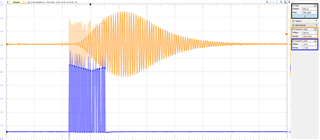All references I find about TUSS4440, including EVM schematics, show the single ended input from the transducer. In a bistatic configuration, what would happen if the RX transducer and INN were not referenced to ground? Would the common voltage exceed the limits of the DC caps? Would there be significant differences in performance? The simple fact we name INN pin as it is indicate that it may or may not be connected to ground - is that a valid assumption?
Thanks!


